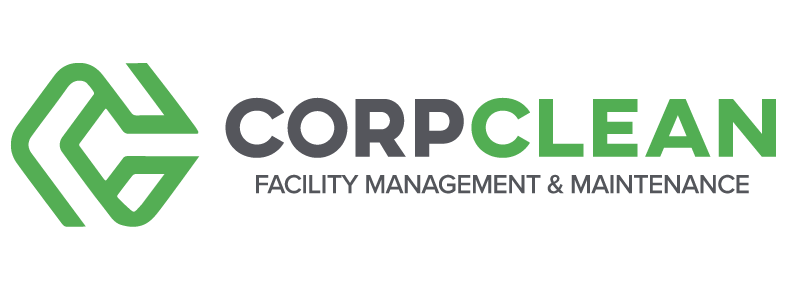Navigating the Hazards of Winter
Winter elements pose challenges for businesses and their employees. Take these precautionary steps to minimize risks.
With winter only a few weeks away, businesses in the Michigan and Ohio area are gearing up for the unique challenges that can have significant implications for their operations, employees, and bottom line. While cold temperatures and icy conditions are problematic, lake-effect snow storms add a layer of complexity to winter preparedness. This phenomenon results from frigid air masses interacting with the warm waters of the Great Lakes, resulting in the potential to unleash unpredictable snowstorms that can produce heavy and localized snowfall. Over the following few paragraphs, we will go over the five biggest dangers that winter brings and what you can do to weather the winter season successfully.
According to the Bureau of Labor Statistics, in 2017, there were 20,460 injuries related to snow and ice, with slips and falls being the most reported. The single best way to prevent snow and ice injuries is never to have them happen in the first place. While inclement weather can pose a significant fall risk, precautionary measures can be taken to greatly minimize this risk.
Wear appropriate footwear – Rubber-soled shoes or boots with grip and texture can provide stability on snow and ice. In addition, take short steps when walking while keeping your hands out of your pockets for added balance and stability.
Lighting and Signage – Ensure areas around your facility are well-lit, especially during morning and night hours, where ice may be harder to spot. Appropriate signage should be used as well, alerting individuals to potential hazard areas while giving guidance on the safest walking path.
Salt and De-icing Solutions – While rock salt is most common for roads and parking lots due to its low cost and wide range of use, there are a few alternatives that might be better for certain situations. Liquid brine is used as a pre-treatment on pavement, creating a layer that prevents ice from bonding with the pavement. A third option, potassium formate, is more expensive than rock salt but offers a host of benefits—including being biodegradable, safe for concrete, animals, and plants—and highly effective against ice.
Utilize Mats – Implementing a three-mat entry system provides a practical solution for the safety of not only individuals who enter your facility but also for your flooring and indoor air quality. Often placed at entrances to the facility, scraper mats remove debris from the bottoms of footwear, reducing the occurrence of slips and falls, while carpet and floor mats are designed to absorb moisture and contaminants. Experts at the National Floor Safety Institute recommend a dual-mat system consisting of both scraper and carpet/floor mats.
Power Outages – While unpredictable, a power outage during winter can leave your facility in the dark, literally and figuratively. Though these occurrences are rare, having a plan can help ensure that personnel and assets are protected and can still operate properly. A cautious course of action is to turn off utilities not needed for critical operations and equipment and shut off and drain any water-based pipe systems. Larger systems, such as backup generators, are best left to professionals. However, business owners and facility managers can still practice good habits, such as knowing where emergency supplies are (flashlights, batteries, heaters, gas), knowing the locations of manuals for appliances, and having contingency plans in place for potential logistical problems or supply chain issues.
Snow on the Roof – Large amounts of snow can negatively affect a roof and the building underneath. Unremoved snow on the rooftop can block access to building systems and features such as HVAC equipment and plumbing vents while posing a threat to safety if the snow falls off the roof.
Falling Ice – Icicles are pretty to look at but can be dangerous when they fall. Icicles are the result of a buildup of water melting from roofs and gutters, and they can lead to water seeping into your facility, as well as property and physical damage when they fall. To reduce icicle presence, make sure to keep gutters and drainage systems free of debris.
Frozen Pipes – Water expands when it freezes, which can put a lot of pressure on the plastic and metal pipes containing it. Before freezing temperatures hit, it’s important to routinely check pipes and areas that might be prone to freezing, such as pipes that run along exterior walls, closets, and areas with little insulation. For high-risk areas, consider a low-temperature sensor that will alert you when the air temperature gets too low in a room.
By addressing and planning for winter’s challenges, businesses can prioritize the safety of their employees and customers while safeguarding themselves against property damage and disruptions in the workplace.
The single best way to prevent snow and ice injuries is never to have them happen in the first place.

